Minneapolis bursts with free things to do for travelers looking to explore the Twin Cities on a budget. From riverside walks and lakeside beaches to acclaimed museums and captivating public art, some of the best attractions don’t cost a penny.
| Activity | Description |
|---|---|
| Parks and Lakes | Explore Minneapolis’s scenic parks and lakes, offering walking paths, biking trails, and picnic spots. |
| Art Museums & Galleries | Visit art museums and galleries that offer free admission to view contemporary and historical artworks. |
| Historical Sites | Tour historical sites and landmarks, understanding the city’s rich cultural and historical heritage. |
| Seasonal Festivals | Participate in seasonal festivals and events, which often feature free concerts, art displays, and cultural demonstrations. |
| Public Art and Murals | Discover public art installations and murals throughout the city, showcasing local and international artists. |
| Architectural Landmarks | Admire the architectural landmarks, including historic buildings and modern architecture, with self-guided tours. |
| Nature and Science Centers | Engage with nature and science at centers offering free educational experiences about the local ecosystem and science. |
| Community Workshops and Classes | Attend workshops and classes offered by community centers or organizations on various topics from arts to environmental education. |
Get to know this Midwest metropolis and its friendly locals without emptying your wallet using this list of top free things to do in Minneapolis.
Take a Stroll Across the Stone Arch Bridge
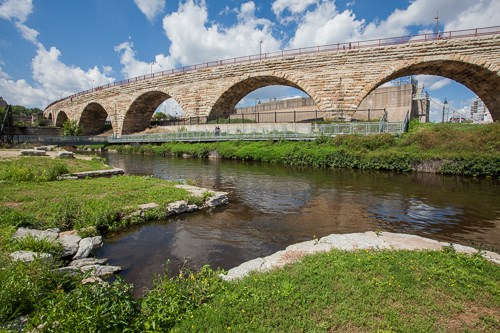
Name and Location: The Stone Arch Bridge is an iconic bridge located in Minneapolis, Minnesota, spanning the Mississippi River.
History and Significance: Built in 1883, it’s not only a historic structure but also offers stunning views of the river and city skyline.
What to Expect: Visitors can expect a leisurely stroll with picturesque river views, and it’s especially beautiful at sunset.
Visitor Information: The bridge is open year-round and provides a unique perspective of Minneapolis.
Built in 1883 as a railroad bridge, the Stone Arch Bridge now serves as a pedestrian pathway connecting the Downtown East area with parks and trails along the Mississippi River. Take in scenic views of the river valley as you walk or bike across this Minneapolis landmark. On the north side, a free mini museum outlines the bridge’s history along with the surrounding Saint Anthony Falls area. Pause at the overlooks to watch river barges pass by and see views of the only major waterfall on the entire Mississippi.
Visit the Minneapolis Sculpture Garden
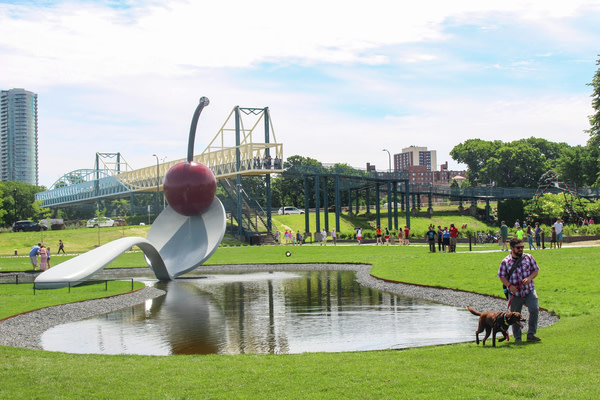
Name and Location: The Minneapolis Sculpture Garden is located adjacent to the Walker Art Center in Minneapolis, Minnesota.
History and Significance: Established in 1988, it’s one of the largest urban sculpture gardens in the country and features iconic artworks.
What to Expect: Visitors can expect to explore outdoor art installations, including the famous Spoonbridge and Cherry sculpture.
Visitor Information: Open seasonally, it’s a must-visit for art enthusiasts and a tranquil space for all.
One Minneapolis’ top free attractions, the Minneapolis Sculpture Garden showcases 40+ works from 20th century artists in an open green space. Snap photos next to the iconic Spoonbridge and Cherry fountain, grab a seat on one of the many benches, or leisurely stroll the walking paths to admire pieces like the skyway-high Spoonbridge and Cherry. In the summer, bring a picnic lunch to eat al fresco beside colorful abstract sculptures or the flower garden. When ready for more art, head right into the renowned Walker Art Center connected to the garden. Entry to the sculpture garden itself remains free year-round.
Hike Through Nature at Minnehaha Regional Park
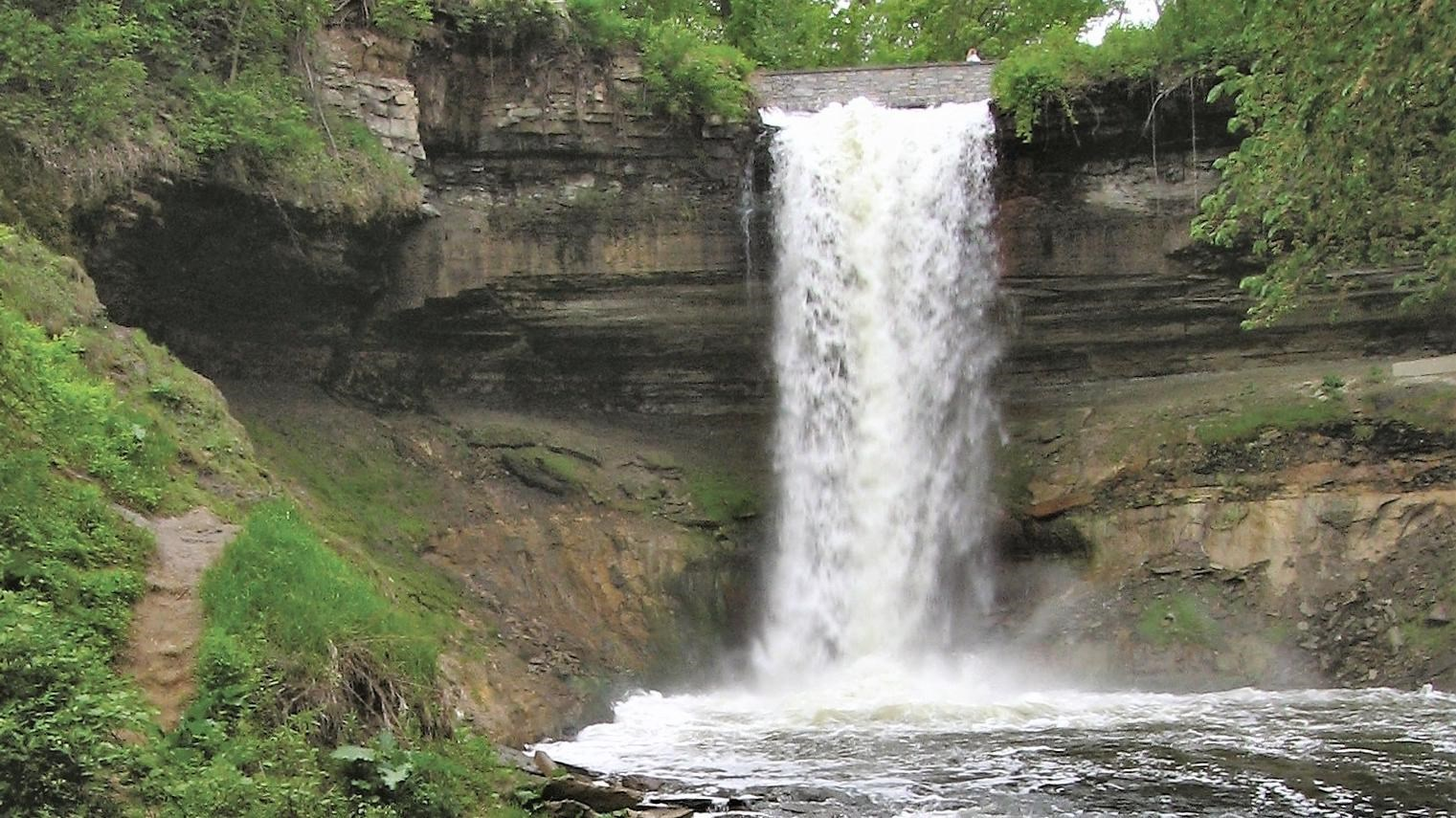
Name and Location: Minnehaha Regional Park is a natural oasis within Minneapolis, Minnesota, known for its waterfall.
History and Significance: Dating back to the 19th century, it’s famous for Minnehaha Falls and its connection to Henry Wadsworth Longfellow’s poem.
What to Expect: Visitors can expect hiking trails, scenic beauty, and the chance to witness the stunning waterfall.
Visitor Information: Open year-round, it’s a perfect spot for nature lovers and outdoor activities.
Escape the city bustle with a free afternoon at gorgeous Minnehaha Regional Park. Follow walking trails around the 53-foot tall Minnehaha Falls, winding your way along Minnehaha Creek down to overlooks of the Mississippi River. Climb to the top of the Limestone bluffs and take in panoramic views across the river valley or explore mysterious sea caves carved into the cliffs. The park also includes off-leash dog areas, picnic grounds along the creek, and access to biking/running paths if you want to break more of a sweat during your urban nature retreat.
Go on a Street Art Walking Tour

Name and Location: Minneapolis offers various street art tours, including ones in neighborhoods like Northeast Arts District.
History and Significance: Street art has become an integral part of Minneapolis’ vibrant arts scene, showcasing local and international artists.
What to Expect: Visitors can expect guided tours that explore colorful murals, graffiti, and urban art culture.
Visitor Information: Tours are available seasonally and offer a unique perspective of the city’s creative spirit.
Minneapolis streets serve as an outdoor gallery for mural art, sculpture, creative crosswalk designs, and guerilla installations. Sign up for one of the Minneapolis Downtown Council’s free public art walking tours to understand the stories behind many of these fascinating works. Tours spotlight the city’s culture, history, and people through art starting in the core of downtown at Peavey Plaza. Knowledgeable guides will point out some of the 450+ pieces around downtown and reveal hidden details as you explore on foot.
Get Active at Lakeside Parks
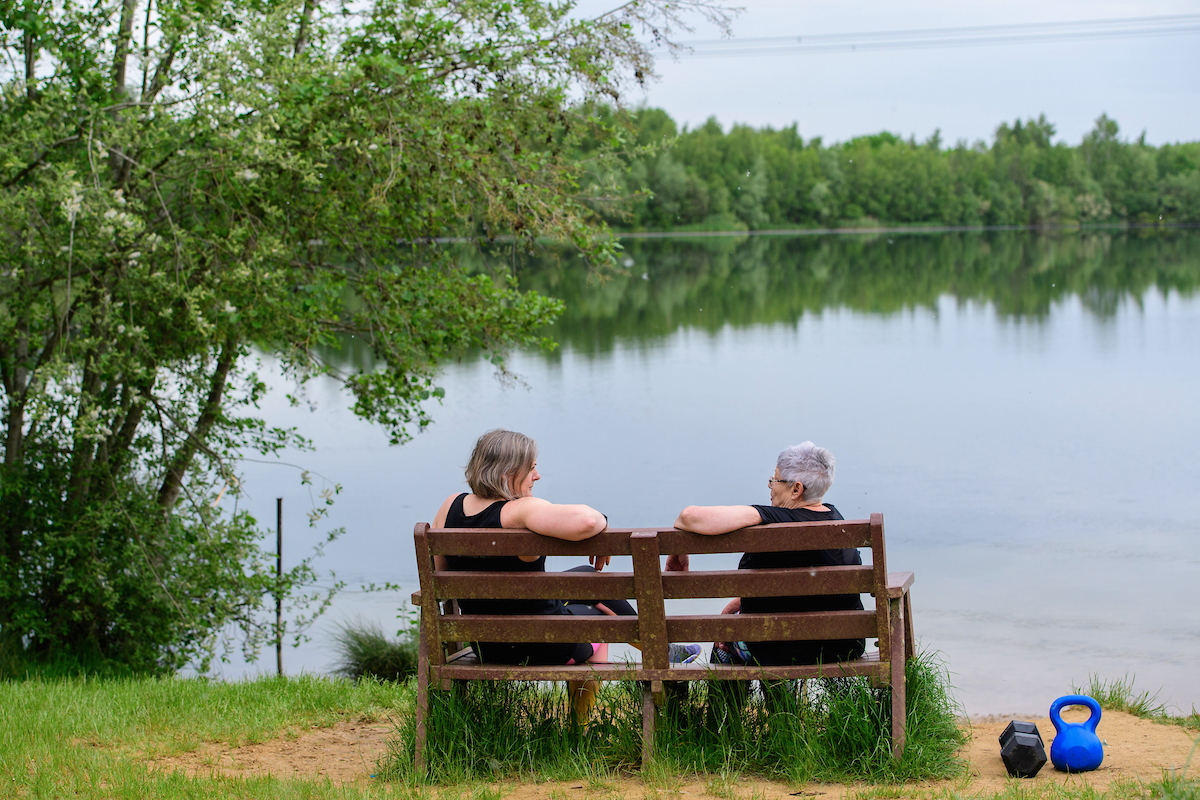
Name and Location: Minneapolis boasts several lakeside parks, including Lake Calhoun, Lake Harriet, and Lake of the Isles.
History and Significance: These parks have been cherished by locals for generations, offering recreational opportunities and natural beauty.
What to Expect: Visitors can expect opportunities for boating, kayaking, biking, picnicking, and enjoying scenic lake views.
Visitor Information: Open year-round, these parks are perfect for outdoor activities and relaxation.
Minneapolis parkland spreads over the city’s famed Chain of Lakes with swimming beaches, walking trails, sports facilities and green spaces open free to enjoy. At Lake Harriet, listen to live music at the bandshell, join a pick-up volleyball or kickball game, or rent a canoe or kayak for affordable hourly rates. Lake Calhoun also offers canoeing plus sailing schools to take lessons out on the refreshing waters. In colder months, lace up your ice skates to glide across the frozen lake under sunny skies or by moonlight during free skating hours.
Tour Weisman Art Museum

Name and Location: Weisman Art Museum is located on the campus of the University of Minnesota in Minneapolis.
History and Significance: Designed by architect Frank Gehry, it’s not only a cultural institution but also an architectural marvel.
What to Expect: Visitors can expect a diverse collection of art, including American modernism and contemporary works.
Visitor Information: Open to the public, it’s a place to appreciate art and innovative design.
Frank Gehry designed this contemporary art museum located on the University of Minnesota campus along the Mississippi River. The stainless steel exterior resembles curving fish scaling the outside of the brick structure, showing off Gehryn’s sculptural architectural style. Inside the museum galleries rotate exhibits highlighting 20th and 21st century established and emerging artists across painting, photography, ceramics and mixed media works. Many displays focus on American Indian artists along with global pieces from South Asia and Cuba. Enjoy free admission Tuesday-Sunday to explore the innovative space and cutting-edge collections.
Shop Local at Minneapolis Farmers Markets

Name and Location: Minneapolis hosts several farmers markets, including the Minneapolis Farmers Market and Mill City Farmers Market.
History and Significance: These markets have deep roots in the city, supporting local farmers and artisans.
What to Expect: Visitors can expect a variety of fresh produce, artisanal products, crafts, and a taste of local culture.
Visitor Information: Open seasonally, these markets are perfect for discovering local flavors and unique goods.
From spring through fall, weekly farmers markets set up across Minneapolis neighborhoods offering a bounty of locally-grown produce and artisanal goods. The largest Minneapolis Farmers Market runs daily outside Third Street Market with vendors selling just-picked fruits and veggies, fresh bakery and dairy, and locally-made food products. Sit down with an organic breakfast sandwich then stock up on snacks for later like pickles, jam or wild rice as you support regional businesses. Smaller markets can be found in Fulton, Kingfield, Lyn-Lake and Nicollet Avenue with live music and crafts adding local flavor.
See a Show at Icehouse MPLS
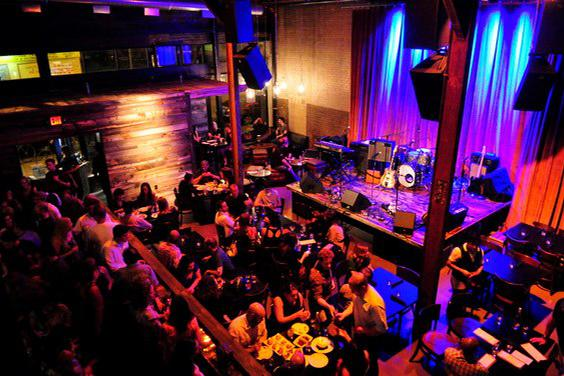
Name and Location: Icehouse MPLS is a renowned music venue and restaurant located in Minneapolis, Minnesota.
History and Significance: It’s known for its support of local musicians and its role in the city’s music scene.
What to Expect: Visitors can expect live music performances, a diverse menu, and a vibrant atmosphere.
Visitor Information: Check the schedule for upcoming shows and enjoy a night of live music and great food.
By day, Icehouse MPLS serves up Texan-style tacos, juicy burgers and other delicious bar bites outside on their patio. By night, the venue transforms into one of the area’s hottest spots for live entertainment from local musicians. Recent acts range from hip hop to funk bands and indie artists. Tickets occasionally sell-out for touring bands but Icehouse leaves seating open where you can hear the shows for free while enjoying a cocktail or late-night snack. The laidback atmosphere and excellent music make this one of the best free things to do for a memorable Twin Cities’ night out.
Take a Tour of Paisley Park
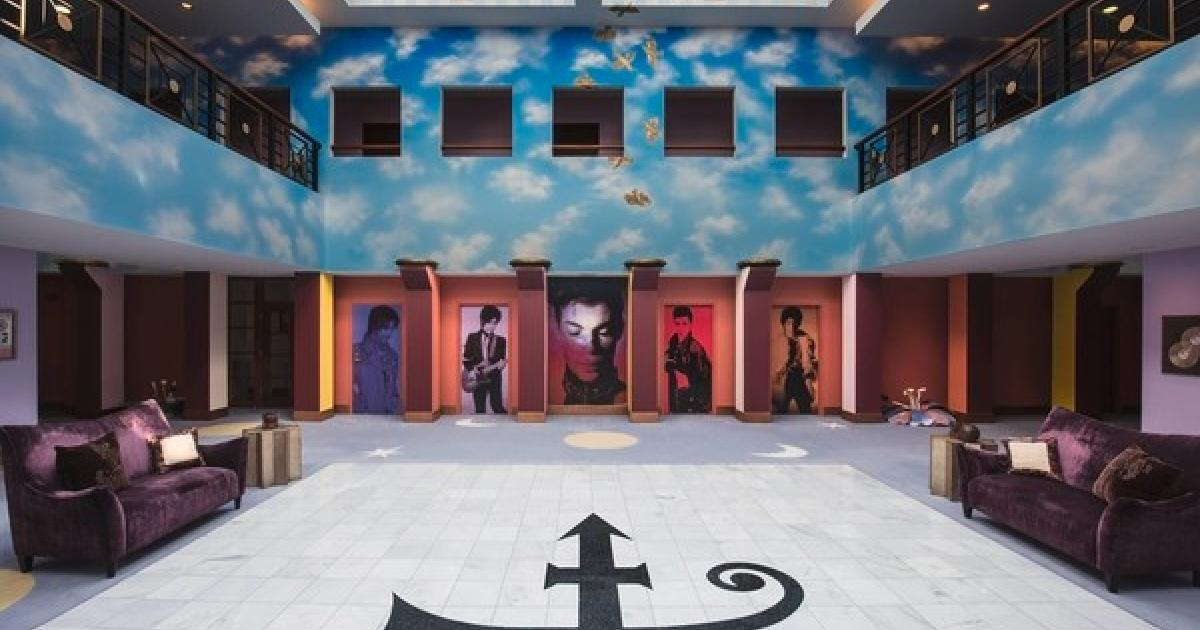
Name and Location: Paisley Park is the former home and recording studio of the legendary musician Prince, located in Chanhassen, Minnesota.
History and Significance: It’s a place of musical history and innovation, where Prince created many of his iconic songs.
What to Expect: Visitors can expect guided tours that showcase Prince’s creative process, memorabilia, and his influence on music.
Visitor Information: Tours are available, offering a unique insight into the life and artistry of Prince.
Prince fans can take an exclusive tour inside the late icon’s elaborate Paisley Park estate and studio headquarters. Walk through exhibits displaying Prince’s concert outfits and motorcycles before entering the main studio still left untouched after his passing. See handwritten notes, lyrics, guitars and his rare vault housing unreleased tracks and more. While tickets start around $40 for non-members, Paisley Park offers limited $100 lifetime memberships allowing fans complimentary self-guided walkthroughs, exclusive merchandise discounts and year-round exhibit access. Sign up to freely return and reminisce about Prince whenever your Minneapolis travels take you back to town.
Go Behind the Scenes of Guthrie Theater
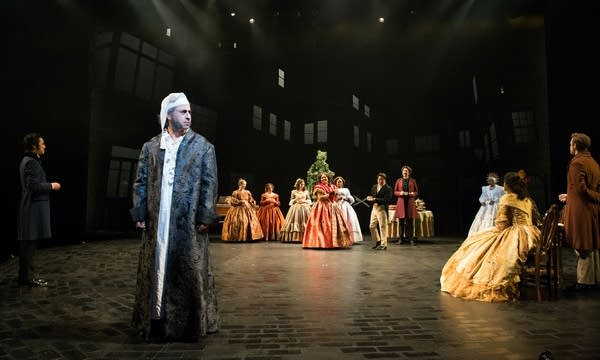
Name and Location: Guthrie Theater is a prominent theater company located in Minneapolis, Minnesota.
History and Significance: It has a rich history of theater productions and is known for its commitment to the performing arts.
What to Expect: Visitors can expect backstage tours that provide a glimpse into the world of theater, costumes, and set design.
Visitor Information: Check for tour availability and explore the inner workings of a renowned theater.
Guthrie Theater, the regional playhouse along the Mississippi River banks hosts Tony award-winning shows on three stages in a unique cantilevered blue building. While event tickets come at a cost, you can still appreciate Guthrie Theater magic by signing up for a free building tour. Explore machine rooms housing intricate pulley systems to move set pieces and scenery, climb narrow catwalks to access lighting grids, and visit lockup spaces filled with extravagant costumes and props from past productions. Architecture fans will find the behind-the-curtains glimpse absolutely fascinating.
Take in City Views Atop IDS Tower

Name and Location: IDS Tower is an iconic skyscraper in downtown Minneapolis, Minnesota.
History and Significance: Built in the early 1970s, it’s known for its distinctive design and panoramic views.
What to Expect: Visitors can expect breathtaking views of the city from the observation deck on the 50th floor.
Visitor Information: The observation deck offers a unique perspective of Minneapolis and is open to the public.
Built in 1972, the 57-story IDS Tower stood as the tallest building outside of New York and Chicago for over 15 years. An observatory on the 57th floor offers completely free panoramic views across Minneapolis stretching to St. Paul and beyond. Gaze out floor-to-ceiling windows and try spotting the nearby IDS Crystal Court, Basilica of St. Mary, or the new USBank Stadium from this special vantage point downtown. Come at dusk to watch the city start sparkling below.
Walk Along Water Works and Mill Ruins Park
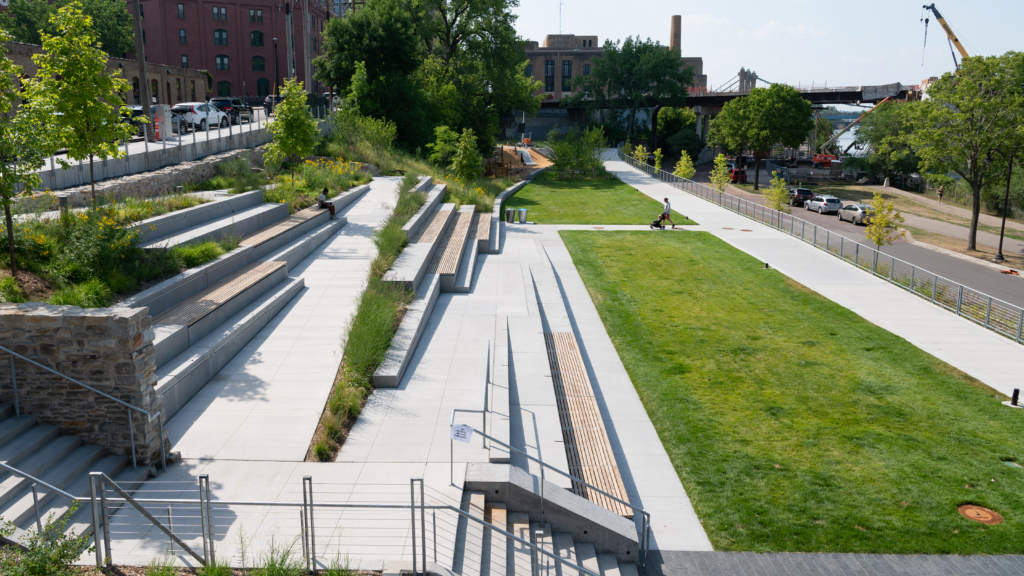
Name and Location: Water Works and Mill Ruins Park is located along the Mississippi River in Minneapolis, Minnesota.
History and Significance: It’s a historic site that once powered the city’s milling industry during the 19th century.
What to Expect: Visitors can expect scenic riverfront walks, historic ruins, and informative displays about Minneapolis’ milling history.
Visitor Information: Open year-round, it’s a place to connect with the city’s industrial past and natural beauty.
Right behind downtown along the Mississippi River banks, wander pathways through the peaceful and free Water Works and Mill Ruins Park. Here explore remnants of the former lumber and flour milling industries with restored buildings and hidden waterfalls. Interpretive signs detail Minneapolis’ milling heyday when lumberyards filled this area along Saint Anthony Falls. Ducks and geese now swim where timber once floated along the small manmade canal still pumping behind the railroad tracks. Enjoy a quiet stroll learning about the Twin Cities’ past industries.
Sample Local Eats in a Food Hall
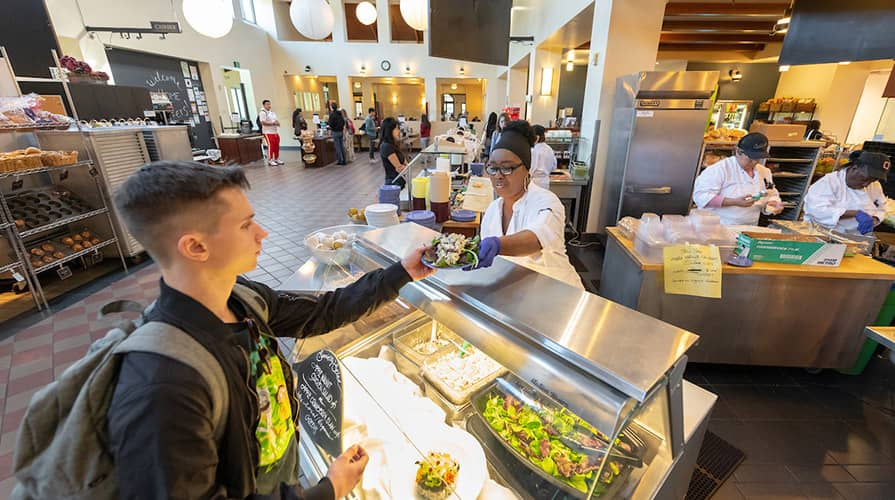
Name and Location: Minneapolis has various food halls, including the Midtown Global Market and Keg and Case Market.
History and Significance: Food halls showcase diverse cuisines and culinary talent, reflecting the city’s cultural diversity.
What to Expect: Visitors can expect a wide array of food options, from international dishes to local favorites.
Visitor Information: Open year-round, food halls are perfect for foodies looking to explore Minneapolis’ culinary scene.
Skip expensive sit-down restaurants by experiencing some of Minneapolis’ top chefs and their global flavors inside two downtown food halls. At Municipal Bar and Grill, cooks dish out Indian street snacks, loaded Mexican bowls, Vietnamese sandwiches, ramen varieties and more from stalls surrounding an open eating area. Or head to Nordic-inspired Finnhall to graze tapas like spicy lamb meatballs, mushroom toast, or creative small plates at Habanero Tacos, Agra Culture Kitchen and other locally-run eateries. Pull up a chair at communal tables then order mini dishes from whichever concept tempts your tastebuds. With so many ethnic options and prices around $5-15 per meal, you’ll never leave hungry.
Minneapolis delivers outstanding free things to do from museums and theater experiences to lakefront relaxation, cultural city explorations, and dynamic local music and food scenes. Use this list to plan affordable Twin Cities adventures that won’t break your vacation budget. Spend days outdoors enjoying the city’s pristine nature playgrounds, then catch emerging artists or fill up on global flavors from acclaimed chefs when ready for urban excitement. Minneapolis serves a full menu of free entertainment inviting visitors to connect with creative Midwestern hospitality.

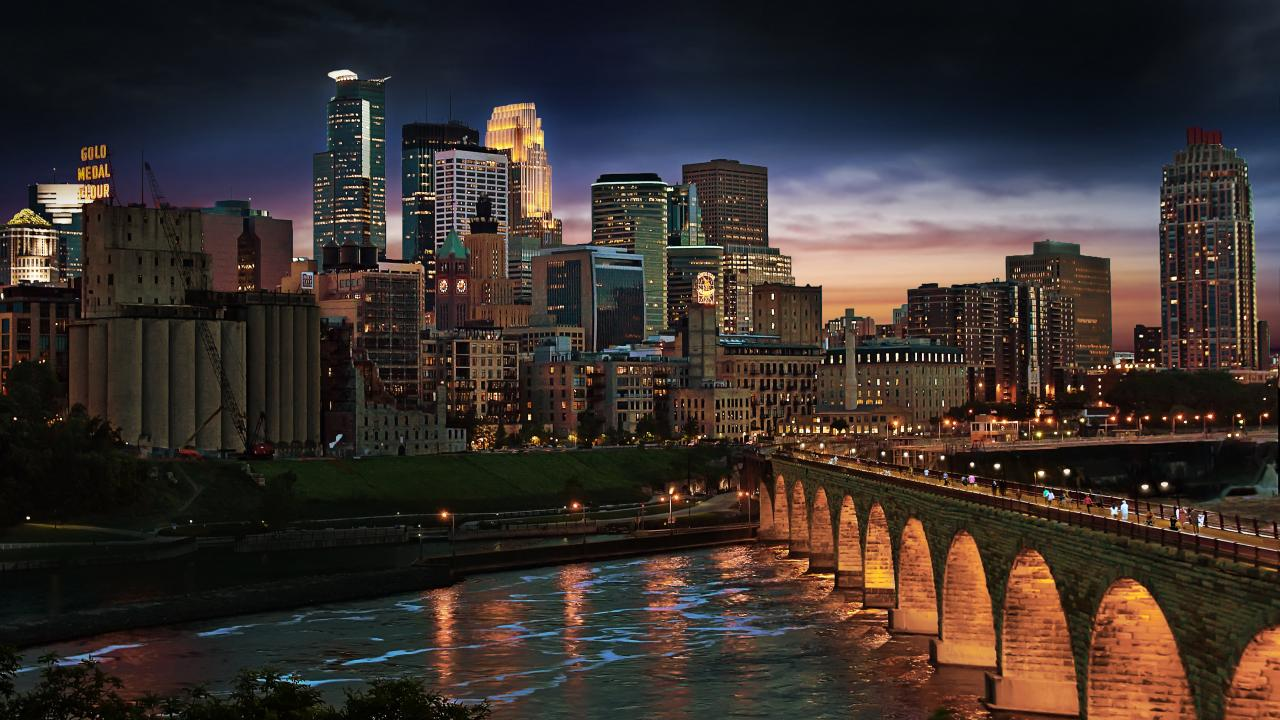



Join the Conversation